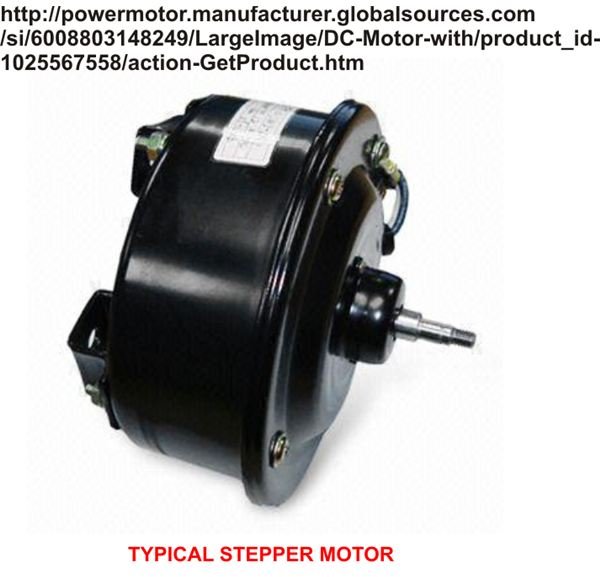How to Build a Solar Tower? Experimental Model of a Solar Updraft Tower
Why is the Concept so Unique?
If you have around 1000 sq. ft. of free space with a concrete base, preferably on the terrace area of your house, then you may well try out constructing this interesting project of a mini solar tower (for experimental purposes only). The concept is already being used in countries like Spain and Australia successfully for quite some time. The present method is basically inspired from there, but honestly, has not been practically tested by me. The content presented here covers minute details of the project based on assumptions and theoretical calculations only, so readers’ discretion is advised.
The basic idea stands on the fact that hot air always tends to rise upwards displacing the cold air and forcing anything on its way in that direction. The phenomenon is well exploited by birds like eagles, kites, and vultures and also by manmade gliders to remain air borne without utilizing internal energy. This updraft of hot air, when properly channelized through an enclosed space in the shape of a tower, can be effectively used to rotate a turbine loaded with a motor. This motor when rotated externally produces electricity due to the churning of its copper winding against a magnetic field.
The most outstanding feature of this type of solar updraft power plant (unlike other methods) is that it remains functional even at night, during overcast conditions, and during winter seasons. That means you get an uninterrupted power supply throughout the year irrespective of the weather conditions. This becomes possible due to the fact that this system relies on the difference in the temperature level of the atmosphere at the base and the top of the tower. Since at ground level, the temperature is always greater than the upper atmosphere, the required temperature differential always remains constant and the hot air rise never stops. Also, throughout the day the collector absorbs heat and sustains it so that the up draft continues even at night.
Let’s investigate and see how this natural gift may be harnessed to produce electricity.
Building an Experimental Set Up

As we see in the given diagram (click to enlarge), the base or the ground is preferably painted black in color to enhance better absorption of the solar heat. Also, a concrete base is better suited for the purpose as their absorption and sustainability of heat is consistent and better.
A tower (a PVC pipe here) is erected at the center of the ground and is clamped using angles. The bottom open end of the pipe is elevated at a certain particular distance from the ground. This is done to facilitate free updraft of the hot air into the pipe.
A relatively large transparent or translucent plastic cover or canopy is spread and stretched tightly on the ground around the pipe such that the pipe passes through a cutout over the center of the canopy having a diameter exactly matching to that of the pipe. The cut out section of the canopy should snugly fit the pipe and should be sealed to stop the hot air from escaping or leaking. The canopy should maintain a minimum height of at least a foot above the ground, again to facilitate easy cycling of air.
The pipe is painted gradually from black to white, starting from the bottom to the top. This pattern helps in maintaining a constant speed of the rising air and acts as a “fuel.” This happens because the darker shades heat up more quickly than the preceding upper lighter shades and therefore the air enclosed within is always pushed in the upward direction at a constant acceleration.
The lower half of the solar tower or the pipe is fitted with a stepper motor equipped with blades that are quite similar to that of your CPU fan. The rising air hits the blades and turns them with a considerable force. The rotation of the blades moves its internal winding which reacts with the fixed magnets and generates electricity. This electricity passes through the motor output wires and can be used to power a light or an appliance or may be simply stored in batteries for later use.
For more information and videos about these solar towers, please visit Green-planet Solar Energy.
Parts List

Concrete base ground of about 1000 sq. ft.
PVC pipe colored appropriately about 50 feet long and 10 inches in diameter,
DC stepper motor with blades as explained in the text (12V/2A),
Large transparent plastic cover or canopy made up of polythene to cover the said area,
Clamps, nails, strings etc. to fasten and construct the whole set up as explained.
